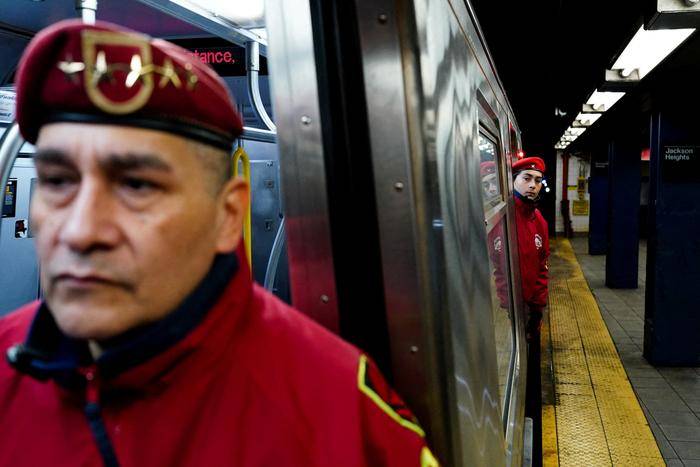New York City's Subway System: A Reflection of the City's Deepest Challenges
New York City's subway system, once a symbol of the city's efficiency and progress, has become a reflection of the city's deepest challenges. The subway, which carries over 6 million passengers per day, has been plagued by delays, overcrowding, and aging infrastructure. The problems facing the subway system are a microcosm of the city's broader issues, including inadequate funding, bureaucratic inefficiencies, and a lack of long-term planning.
One of the most pressing issues facing the subway system is its aging infrastructure. Much of the system's infrastructure, including its signals, tracks, and trains, is decades old and in desperate need of repair or replacement. The Metropolitan Transportation Authority (MTA), which operates the subway system, has estimated that it will need to spend over $60 billion over the next five years to bring the system up to a state of good repair.
However, funding for the subway system has been a major challenge. The MTA relies heavily on fares and tolls to fund its operations, but these revenue sources are not enough to cover the system's massive capital needs. The state and city governments have also provided funding for the subway system, but this funding has been inconsistent and often insufficient.
Another challenge facing the subway system is its bureaucratic structure. The MTA is a complex organization with multiple layers of management and a sprawling bureaucracy. This structure can make it difficult to get things done quickly and efficiently, and can lead to a lack of accountability and transparency.
For example, the MTA's decision-making process is often slow and cumbersome, which can make it difficult to respond quickly to emerging challenges. The agency's board of directors, which is responsible for making major decisions about the system's operations and capital investments, is composed of 23 members who are appointed by the governor, the mayor, and other elected officials. This can lead to a lack of cohesion and a difficulty in making decisions.
The subway system's problems are also reflective of the city's broader challenges. New York City is one of the most populous and densely populated cities in the world, and its infrastructure is often stretched to the breaking point. The city's streets are congested, its sidewalks are crowded, and its public spaces are often overwhelmed.
Furthermore, the city's affordability crisis has made it difficult for many New Yorkers to afford the rising cost of living, including the cost of subway fares. The MTA has implemented a series of fare hikes in recent years, which has made it difficult for many low-income New Yorkers to afford the subway.
Despite these challenges, there are many people and organizations working to improve the subway system and address the city's broader challenges. The MTA has implemented a series of reforms aimed at improving the efficiency and effectiveness of the subway system, including the introduction of new train cars and the expansion of express service.
Additionally, there are many advocacy groups and community organizations working to promote affordable housing, improve public transportation, and address the city's broader challenges. These groups are pushing for policies that would make the city more affordable and equitable, such as rent control, increased funding for public transportation, and community land trusts.
In conclusion, the subway system's problems are a reflection of the city's deepest challenges, including inadequate funding, bureaucratic inefficiencies, and a lack of long-term planning. However, there are many people and organizations working to improve the subway system and address the city's broader challenges. By promoting affordable housing, improving public transportation, and addressing the city's broader challenges, we can build a more equitable and sustainable city for all New Yorkers.
The New York City subway system has a rich and complex history that spans over a century. The first underground line of the subway system opened in 1904, and it ran from City Hall to 145th Street and Broadway in Harlem. The system quickly expanded, and by the 1920s, it had become one of the largest and most complex subway systems in the world.
- Aging infrastructure: Much of the system's infrastructure, including its signals, tracks, and trains, is decades old and in desperate need of repair or replacement.
- Inadequate funding: The MTA relies heavily on fares and tolls to fund its operations, but these revenue sources are not enough to cover the system's massive capital needs.
- Bureaucratic inefficiencies: The MTA's complex organizational structure and bureaucratic processes can make it difficult to get things done quickly and efficiently.
- Overcrowding: The subway system is often overcrowded, particularly during


